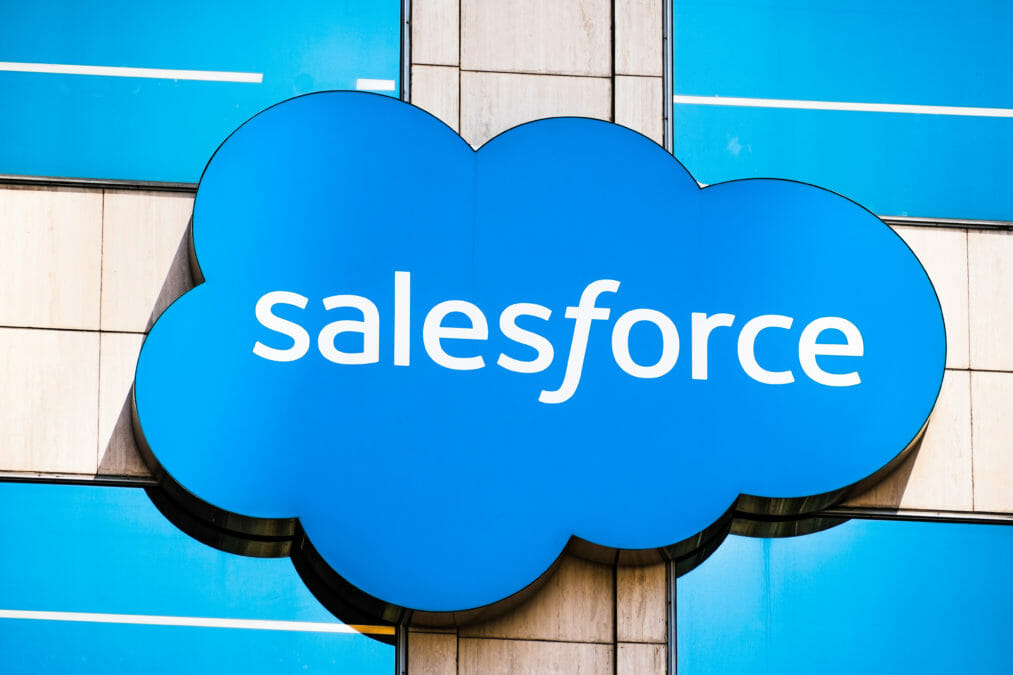Time has now officially run out for the Salesforce Data Recovery Service. It reached its end-of-life on July 31, 2020. That means IT administrators the world over will no longer be able to use this ‘last resort’ process where Salesforce used to recover lost data for the princely cost of $10,000. Businesses will have to fend for themselves against a raft of threats to their Salesforce data.
This is likely to encompass everything from upfront threats that could compromise a business’s Salesforce account, leading to unauthorised access to sensitive data, right through to threats that live and breathe inside the business system itself. The latter can often be even more severe than the former, significantly damaging an entire ecosystem without notice and with very little effort.
The reasons why Salesforce is retiring the Data Recovery Service are clear. The cost and time associated with retrieving data mean it is no longer viable. Its retirement does, however, present administrators with headaches. Data Recovery Service was the only Salesforce native option available to get your data back if you didn’t have an alternate backup solution. Now that it’s been retired, the native offerings from Salesforce have shrunk.
• Data Export Service: Manual or scheduled exports of your data. The export can be scheduled and then manually downloaded when ready. In the event of a user-inflicted data loss, users will have to manually restore the data.
• Data Loader: A client application for manual, on-demand, bulk exports of your data. Restoration of lost or corrupted data would be manual.
• Report Export: Manual on-demand exports of your data via reports.
The word ‘manual’ gives a clear indication of how all these options are time-consuming, complex and labour-intensive.
Data backup: When Plan A fails how prepared are you?
Finding a way forward
Administrators have gone through their share of sleepless nights to come up with a strategy(s) to protect their data and business once the Data Recovery Service retires.
Native options by Salesforce are not really the answer. Apart from being time-consuming, they don’t offer much granular control and the restoration process is clunky. If not native options, then what? That’s the real dilemma for administrators as they prepare for the future.
No one understands the limitations of native options better than Salesforce. That’s why Salesforce openly recommends using partner backup solutions as part of building an effective Salesforce backup and recovery strategy.
Christophe Bertrand, senior analyst, Enterprise Strategy Group (ESG) commented: “In essence, Salesforce has made it clear that their policy is to leverage their partner eco-system to provide backup and recovery capabilities. The EOL of the service has placed a new focus on what may have been overlooked. As a matter of fact, many users are under the false impression that their data is backed up.
“The users data is ALWAYS the responsibility of the company contracting with Salesforce. Many companies use Salesforce as a mission-critical app but may be conflating availability of the service with protection of the data. If you delete data in Salesforce, it may be hard to recover without a backup. Of course, Salesforce has a number of very strong mechanisms in place to protect its service, but again, it’s not responsible for an organisation’s backup.”
Bertrand added: “Best practice for customers now is to leverage the eco-system and contract with a vendor for a backup and recovery solution. ESG research points to the fact that SLAs for data protection of Salesforce environments are very stringent, much like on-premises, but it is questionable how many organisations could actually deliver on those if they have not implemented robust backup and recovery processes and solutions.”
So today, as Salesforce Data Recovery Service goes into retirement, its time for the latest backup and recovery solutions to take centre stage, providing solutions that help protect businesses and their customers from the consequences and enable administrators and their end users to return ‘lost data’ to its original state in just a few clicks. Ultimately, the message from Salesforce is loud and clear. You are responsible for your organisation’s data security and ensuring business continuity.











